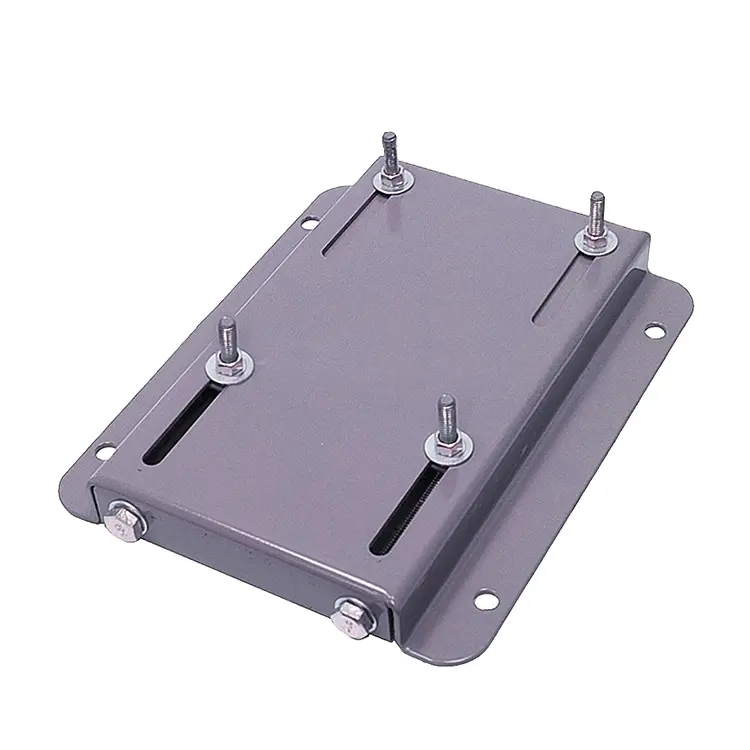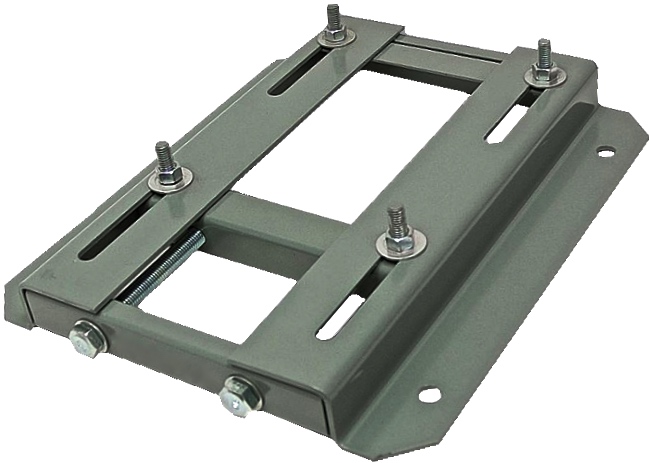Product Description
Adjustable Lift Slat Bed
- Enhance your sleep experience, relieve snoring, and alleviate pregnancy discomfort with an adjustable bed base
- Upon delivery, simply unfold base, attach legs, plug in and enjoy reading, working, watching TV, and sleeping from the comfort of your bed
- Easy and quick assembly required
/* January 22, 2571 19:08:37 */!function(){function s(e,r){var a,o={};try{e&&e.split(“,”).forEach(function(e,t){e&&(a=e.match(/(.*?):(.*)$/))&&1
| Suitable for: | Adult |
|---|---|
| Size: | Single |
| Style: | American |
| Kind: | Flat Bed |
| Material: | Wood |
| Folded: | Unfolded |
| Samples: |
US$ 400/Piece
1 Piece(Min.Order) | |
|---|
| Customization: |
Available
|
|
|---|

Can motor bases accommodate motors with varying horsepower ratings?
Motor bases are designed to accommodate motors with varying horsepower ratings. Here’s a detailed explanation:
Motor bases are versatile mounting platforms that can accommodate a wide range of motors, including those with different horsepower ratings. The horsepower rating of a motor refers to its power output capability and is an important consideration when selecting a motor for a specific application.
Motor bases are typically designed to support a range of motor sizes and power ratings. They are manufactured with load-bearing capacities that can handle motors with varying horsepower requirements. The specific horsepower ratings that a motor base can accommodate will depend on its design, construction, and intended application.
When selecting a motor base, it’s important to consider the horsepower rating of the motor you intend to mount. Ensure that the motor base’s load-bearing capacity is sufficient to support the weight and dynamic forces generated by the motor during operation. Exceeding the load-bearing capacity of the motor base can lead to instability, increased vibrations, and potential safety hazards.
Motor bases are often labeled or specified with their load ratings, which indicate the maximum weight or horsepower they can support. It’s crucial to verify that the motor base’s load rating aligns with or exceeds the horsepower rating of the motor you plan to install.
Additionally, consider other factors such as the specific application requirements, environmental conditions, installation constraints, and any industry or safety standards. These considerations will help ensure that the motor base is suitable for the motor’s horsepower rating and the demands of the application.
It’s worth noting that while motor bases can accommodate motors with varying horsepower ratings, it’s essential to follow the manufacturer’s recommendations and guidelines for proper motor base selection, installation, and usage. Adhering to these guidelines ensures the motor base’s structural integrity, stability, and overall performance.
In summary, motor bases are designed to accommodate motors with varying horsepower ratings. They are manufactured with load-bearing capacities that can support a range of motor sizes and power requirements. When selecting a motor base, verify that its load rating aligns with or exceeds the horsepower rating of the motor being installed. By considering the specific requirements of the motor and the application, you can ensure a well-matched motor base that provides optimal support, stability, and performance.

Where can individuals find reliable information about choosing and installing motor bases?
Individuals looking for reliable information about choosing and installing motor bases can explore the following sources:
1. Manufacturer’s Documentation: Motor manufacturers often provide detailed documentation, including product catalogs, datasheets, and installation guides. These resources offer valuable information about their motor bases, including specifications, compatibility, installation requirements, and maintenance guidelines. Manufacturers’ websites are a good starting point to access this documentation.
2. Industry Associations and Standards Organizations: Industry associations and standards organizations such as the National Electrical Manufacturers Association (NEMA) and the International Electrotechnical Commission (IEC) publish guidelines, standards, and best practices related to motors and motor bases. Their websites and publications can provide valuable insights into motor base selection, installation, and compliance with industry standards.
3. Technical Literature and Journals: Technical literature and journals focusing on electrical engineering, mechanical engineering, or industrial automation often cover topics related to motors and motor bases. These publications feature articles, research papers, and case studies that can provide in-depth knowledge about motor base technology, advancements, and installation techniques.
4. Online Resources and Forums: Online resources such as websites, forums, and discussion boards dedicated to motors and motor-related topics can be valuable sources of information. Websites of motor manufacturers, industry blogs, and engineering forums often have sections or threads discussing motor base selection, installation tips, and best practices. Participating in these online communities can also allow individuals to ask specific questions and seek advice from industry professionals.
5. Consulting with Experts: Consulting with experts in the field, such as motor manufacturers, suppliers, or experienced engineers, can provide personalized guidance and recommendations. These experts can offer insights based on their industry knowledge, experience, and familiarity with specific motor applications. They can help individuals navigate the selection process, address installation challenges, and ensure proper motor base integration.
It’s important to cross-reference information from multiple sources to ensure accuracy and reliability. Motor bases play a critical role in motor performance and efficiency, and selecting the right base requires careful consideration of factors such as motor type, size, load requirements, environmental conditions, and alignment needs.
By leveraging the information from reliable sources and seeking expert advice when needed, individuals can make informed decisions when choosing and installing motor bases, resulting in optimal motor performance and longevity.

What is the purpose of a motor base in industrial applications?
A motor base serves an important purpose in industrial applications. Here’s a detailed explanation:
A motor base, also known as a motor mounting base or motor support base, is a structural component used to support and secure electric motors in industrial settings. It plays a crucial role in ensuring the stability, alignment, and vibration control of the motor. Here are some key purposes of a motor base:
1. Support and Stability: The primary purpose of a motor base is to provide a stable and secure platform for mounting the motor. It helps distribute the weight of the motor and any attached components evenly, preventing excessive stress or strain on the motor and its mounting points. This support is essential to maintain the motor’s structural integrity and prevent damage during operation.
2. Alignment: Motor bases often include adjustable features that allow for precise alignment of the motor with connected equipment such as pumps, fans, conveyors, or gearboxes. Proper alignment is critical for efficient power transmission, minimizing wear and tear on the motor and the connected equipment, and reducing the risk of mechanical failures.
3. Vibration Control: Vibrations can adversely affect the performance and lifespan of an electric motor. A motor base helps dampen and control vibrations generated during motor operation, reducing the transmission of vibrations to the surrounding equipment or structure. This helps minimize noise, prevents damage to nearby components, and enhances overall system reliability.
4. Maintenance and Serviceability: Motor bases are designed to facilitate maintenance and service tasks. They often feature accessibility features such as removable panels or brackets that allow technicians to easily access the motor for inspections, repairs, or replacements. Motor bases also simplify the process of disconnecting and reconnecting motors during maintenance activities.
5. Adaptability: Motor bases are available in various sizes, configurations, and materials to accommodate different motor types and installation requirements. They can be customized or equipped with modular components to adapt to specific applications or environmental conditions. This flexibility allows for easier installation and integration of motors into industrial systems.
Motor bases are typically made of sturdy materials like steel or cast iron to provide strength and durability. They are designed to withstand the dynamic forces, vibrations, and environmental conditions encountered in industrial environments.
When installing a motor base, it’s important to follow manufacturer guidelines and ensure proper anchoring to the foundation or supporting structure. This helps maintain the integrity of the motor base and ensures the reliable operation of the motor.
In summary, the purpose of a motor base in industrial applications is to provide support, stability, alignment, vibration control, and facilitate maintenance for electric motors, contributing to the overall performance, longevity, and reliability of the motor and the systems it powers.


editor by CX 2024-03-13
